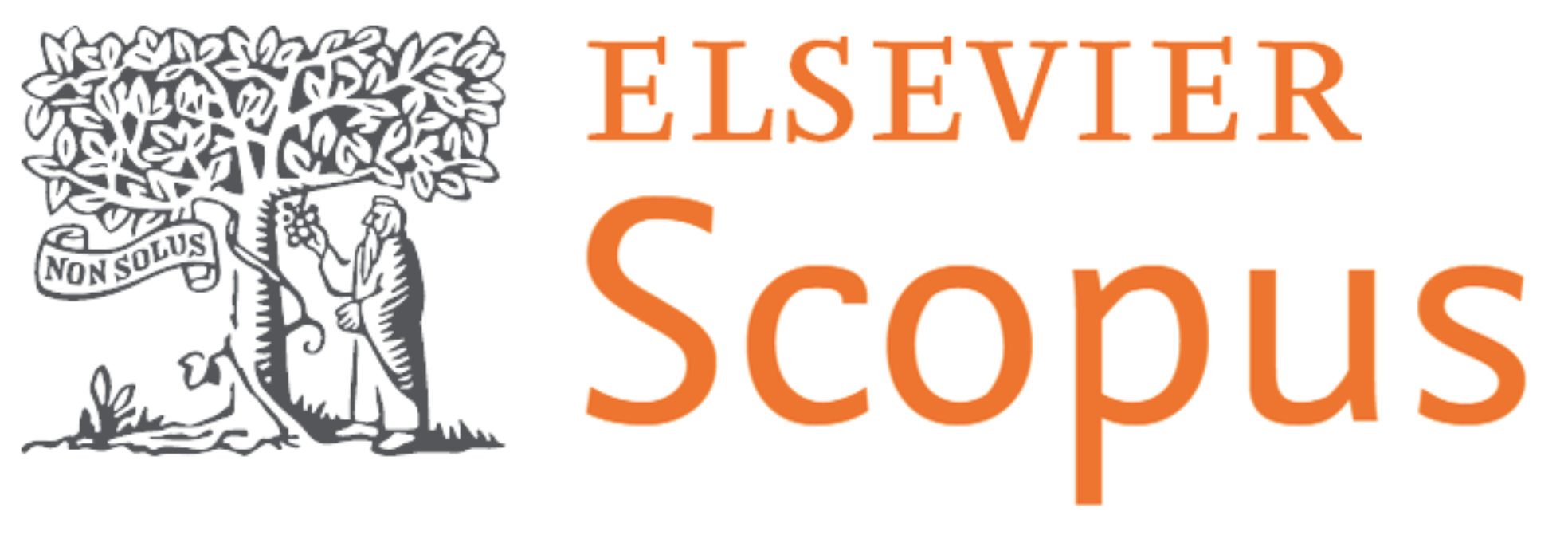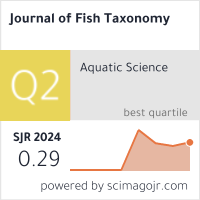Study on the Susceptibility of Three Chili Pepper Varieties to Chili Leaf Curl Virus under Greenhouse Conditions
Keywords:
Chili leaf curl virus (ChiLCV), Capsicum annuum, Cultivar resistance, PCR, Peroxidase activityAbstract
The objective of this study was to evaluate the effect of chili leaf curl virus (ChiLCV) on selected growth and yield traits of chili pepper cultivars grown under plastic house conditions at the College of Agricultural Engineering Sciences, University of Baghdad. The evaluation was conducted 55-85 days after planting. The research included three chili pepper varieties (Barbarian, Singer, and Siadah) to assess their susceptibility and the virus's impact on the percentage and severity of infection, plant height, number of branches, fresh and dry weight of the vegetative and root systems, fruit weight and number, yield per plant, chlorophyll content, and peroxidase enzyme levels. The Barbarian, Singer, and Siadah varieties of chili pepper showed varying resistance to the virus, with significant differences. The cultivar Barbarian was the most tolerant, having the lowest infection rates (4.75 and 8.45%) as severity (1.69 and 3.97%) after 55 and 85 days of emergence respectively. Singer followed, with infection rates of 10.50% and 15.23% and severity of 5.22% and 9.45%, while Siadah showed the highest susceptibility, with infection rates of 12.18% and 18.17% and severity of 7.09% and 11.39%, respectively. Barbarian also significantly outperformed the other cultivars in plant growth, reaching 84.17 cm in height with 33.88 branches per plant at 55 days, and 109.69 cm with 39.15 branches per plant at 85 days. Singer did not differ significantly from Barbarian in plant height at both stages and in branch number at 55 days, but it had fewer branches at 85 days (35.05 branches per plant). Regarding biomass, Barbarian recorded the highest fresh weights for shoots and roots (455.06 g and 57.498 g per plant) and dry weights (160.26 g and 34.813 g per plant, respectively). However, these did not differ significantly from Singer and Siadah. Barbarian also produced significantly higher chlorophyll levels, with 50.07 SPAD at 55 days and 43.13 SPAD at 85 days, compared with lower values in Singer (45.99 and 39.62 SPAD) and Siadah (43.91 and 36.20 SPAD). The Barbarian cultivar also provided the highest peroxidase enzyme level, which reached 138.34 and 98.40 after 55 and 85 days, respectively. In contrast, the Singer cultivar gave enzyme levels of 93.93 and 80.05 after 55 and 85 days, respectively, which differed significantly from the Siadah cultivar, which gave the lowest rates of 86.23 and 73.43 after 55 and 85 days, respectively. The extraction kits provided by Geneaid Company enabled the obtaining of high-purity DNA from infected plant leaves, which can be used for its amplification by Polymerase Chain Reaction (PCR) technology to obtain accurate and effective results. Virus infection was confirmed using Polymerase Chain Reaction (PCR) technique with specific primers (ChiLCVR/ChiLCVF). The PCR results confirmed the amplification of the DNA of the ChiLCV isolate in the selected pepper plants, with a product size of 600 base pairs as expected.








